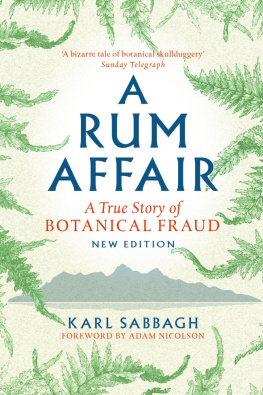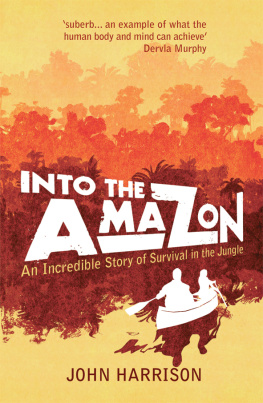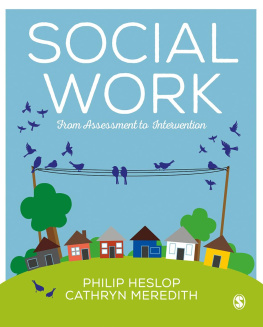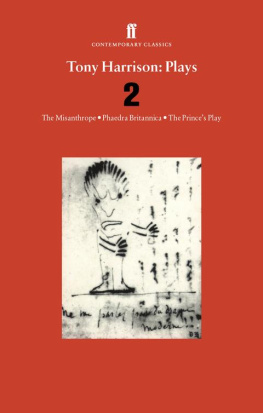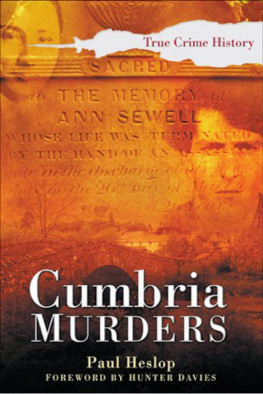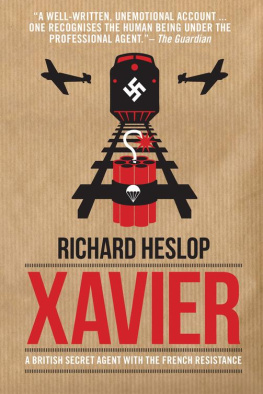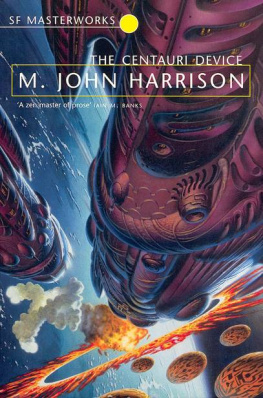Karl Sabbagh is a writer and documentary maker, living in Oxfordshire. He has written twelve non-fiction books, as well as making documentaries for the BBC, Channel 4 and PBS. He was educated at Kings College, Cambridge, where a line in an obituary notice led to the unravelling of the rum affair at the heart of this book.
Books by Karl Sabbagh
The Living Body
Skyscraper
Magic or Medicine (with Rob Buckman)
Twenty-first Century Jet
A Rum Affair
Power into Art
Dr Riemanns Zeros
Palestine, A Personal History
Your Case Is Hopeless
Remembering Our Childhood
The Hair of the Dog
Shooting Star
Britain in Palestine
The Trials of Lady Jane Douglas

This edition first published in 2016 by
Birlinn Limited
West Newington House
10 Newington Road
Edinburgh
EH9 1QS
www.birlinn.co.uk
Copyright Karl Sabbagh 1999, 2016
Foreword Adam Nicolson 2016
First published in 1999
The moral right of Karl Sabbagh to be identified as the author of this work has been asserted by him in accordance with the Copyright, Designs and Patents Act 1988.
All rights reserved. No part of this publication may be reproduced, stored or transmitted in any form without the express written permission of the publisher.
ISBN: 978 1 78027 386 0
eISBN: 978 0 85790 906 0
British Library Cataloguing-in-Publication Data
A catalogue record for this book is available from the British Library
Typeset by Hewer Text UK Ltd, Edinburgh
Printed and bound by Grafica Veneta
www.graficaveneta.com
Contents
List of Illustrations
Foreword
A mysterious kind of parallelism is at work in the story Karl Sabbagh tells so brilliantly in this book. The occasion, as one of his informants says, may have been the greatest scandal of twentieth-century botany, but the energy of the drama is provided by the collision of principles and the meeting of two men driven by deeply opposed ways of being.
It is, in a way, a class drama: John Raven, of Trinity and Kings College, Cambridge, the son of a dynasty of intellectual distinction on both his parents sides, stretching back into the eighteenth century, comes up against John Heslop Harrison, a self-made man, of Kings College, Newcastle, the son of an ironworker and the first in his family ever to live by the work of the mind.
But that crudely binary social division scarcely embraces the whole of the story. Gamekeeper and poacher are deeply intertwined here. Heslop Harrison was the older, establishment man, one of the most prominent professional botanists of his generation, the founder himself of a dynasty of scientists that is still going strong. Raven was young, an amateur, a great sleuth after rarities but by training a classicist, steeped in the philosophy of Plato and the pre-Socratics, for whom botany was a fascination and obsession but of his spare time. Harrison was a man of distinction and immense self-assertive seriousness; Raven, at least in part, a witty, playful, charming joker. Of deep social principle, he would have been the very last person to embrace the idea that inheritance was somehow the definer of his or anyone elses life.
The intriguing aspect of the moment in which these two lives met and wrestled with each other is that the very ground on which they fought were Heslop Harrisons discoveries of rare plants on Rum true? was itself bound up with these questions of self-invention and inheritance. Were those plants, as Harrison claimed, the continuation of long presence and persistence? Or were they, as Raven established, newly invented there? Or, to put it in a more polarized form, were the rare discoveries on Rum more like the heir to the Cambridge intellectual aristocracy or more like the Newcastle ironworkers son? Each embraced his opposite: Harrison championed them as Ravens; Raven revealed them as Harrisons.
Harrison was also, it turns out, a Lamarckian, believing in a pre-Darwinian way that an organism could transform itself during its own life, absorbing influences from the environment, and somehow transmitting those changes to its own offspring. Nature itself could in that way become part of the Harrison conspiracy. You could make it up and once you had made it up, what you had invented became part of how things were. Genetic inheritance was no prison, as the Darwinians insisted. The individual could mould his own destiny. Reality was not there to be discovered; it could be transformed. This foundational intellectual confusion in Harrison was what allowed the great evolutionary geneticist John Maynard Smith to call him not a fake but a total muddlehead.
I have a confession to make: John Raven was is my father-inlaw. I prefer is because he remains a presence in the life of his children. I am married to his daughter Sarah who loved him and learned her love of flowers from him, botanizing with him as a girl, making a list of species with him that they had seen and identified together in Cambridgeshire and Ireland, the Dolomites and the West Highlands. I never met him, but she and I have gone together with his articles in hand to the hills around Asolo and the White Mountains in Crete, using his descriptions to find the wild tulips that grow there in patches of dazzling, life-memorable beauty among the limestone crags. It is a connection with nature his father had given him and is, I am sure, one of the most valuable things any parent could give any child.
So I come to this story from one side. John Heslop Harrisons confusion and fakery looks little more than pitiable in the light of John Ravens analysis and destruction of it. The charming, joke-filled, teasingly gentle and amused, ironic man so often described by his friends and family disappears in this story under something cooler and more unforgiving. The idea that this is the story of a patrician, amateur triumph over professional bluster Raven as a kind of botanical Lord Peter Wimsey is not really good enough. Max Walters, Ravens co-author on the New Naturalist classic Mountain Flowers (1956) described the extraordinarily accurate information which John accumulated with characteristic clarity and precision in the famous card index of rare plants. All British botanists came to recognize, Walters said, that the best way to see any rare British plant was to ask John Ravens advice.
His triumph wasnt amateur luck, nor was it pure cerebration. He had an astonishingly good nose for the site of a wild flower and would dive unerringly for the place a rare plant was growing by understanding above all about habitat, context and the conditions of vegetable life. But in this gift for a supremely uncluttered processing of complex information, there was a connection to his work in ancient philosophy. As all his friends have said, he was never a man for grandstanding, or for adopting big pompous positions on truth and reality. His whole frame of mind was provisionalist, settling for what seemed to be true until shown to be otherwise. This lovely Socratic quality, as if Montaigne had taken up botany, is at the heart of this book and of John Ravens life: a radical scepticism, a relish for the absurd, a nose for the truth and a needle for any wobbling balloon with even a whiff of pretension about it.
In that there is another kind of parallel here: if John Heslop Harrisons tragedy was an addiction to pretentious self-invention, John Ravens was a pervasive scepticism that extended even to his own abilities and worth as a person. His friends have described how, as he grew older, Ravens perilous tensions and contradictions and the profound sense of his own inadequacy led him to addictive smoking and drinking and in 1980 to an early death in his mid-sixties. You could make a connection here: it may be that the sceptical cast of mind that allowed him to see through what Harrison had done on Rum also came to deny him in the end any sense of ease in the world.

